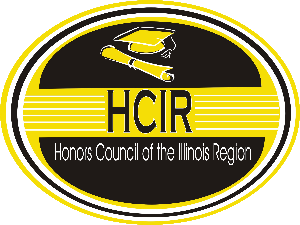Event Title
Use of Stable Isotopes in Quantifying Seabird Influence on Island Nutrient Dynamics
Location
SRC 2000
Start Date
28-2-2015 12:30 PM
Description
Seabird colonies can have significant effects on island trophic structure by infusing massive amounts of guano fertilizer into terrestrial zones (Jones, 2010). These nutrients are important for driving soil chemical cycling and biotic communities including both plants and invertebrates. However, introduced invasive rats (Rattus spp.) threaten seabird populations globally by preying upon every life stage of nesting seabirds. The objective of this research is to quantify seabird influence on New Zealand island ecosystems using stable isotope analysis. We will take advantage of the fact that marine nitrogen and carbon are enriched in 15N and 13C compared to terrestrial nitrogen and carbon to track seabird influence through island food webs. By looking at stable isotopic forms of nitrogen and carbon (δ15N and δ13C) in soil, plant leaves, and spiders, we will quantify the amount of seabird-derived nutrient cycling throughout multiple trophic levels. We expect to find greater concentrations of marine-derived carbon and nitrogen in soils, leaves, and spiders in seabird colonies and lesser concentrations farther away from seabird colonies. Our research will provide managers with the means to measure progress towards restoration on the >1100 islands recovering from invasive predators with a single soil sample, and demonstrate the important roles seabirds play on islands ecosystems.
Use of Stable Isotopes in Quantifying Seabird Influence on Island Nutrient Dynamics
SRC 2000
Seabird colonies can have significant effects on island trophic structure by infusing massive amounts of guano fertilizer into terrestrial zones (Jones, 2010). These nutrients are important for driving soil chemical cycling and biotic communities including both plants and invertebrates. However, introduced invasive rats (Rattus spp.) threaten seabird populations globally by preying upon every life stage of nesting seabirds. The objective of this research is to quantify seabird influence on New Zealand island ecosystems using stable isotope analysis. We will take advantage of the fact that marine nitrogen and carbon are enriched in 15N and 13C compared to terrestrial nitrogen and carbon to track seabird influence through island food webs. By looking at stable isotopic forms of nitrogen and carbon (δ15N and δ13C) in soil, plant leaves, and spiders, we will quantify the amount of seabird-derived nutrient cycling throughout multiple trophic levels. We expect to find greater concentrations of marine-derived carbon and nitrogen in soils, leaves, and spiders in seabird colonies and lesser concentrations farther away from seabird colonies. Our research will provide managers with the means to measure progress towards restoration on the >1100 islands recovering from invasive predators with a single soil sample, and demonstrate the important roles seabirds play on islands ecosystems.



